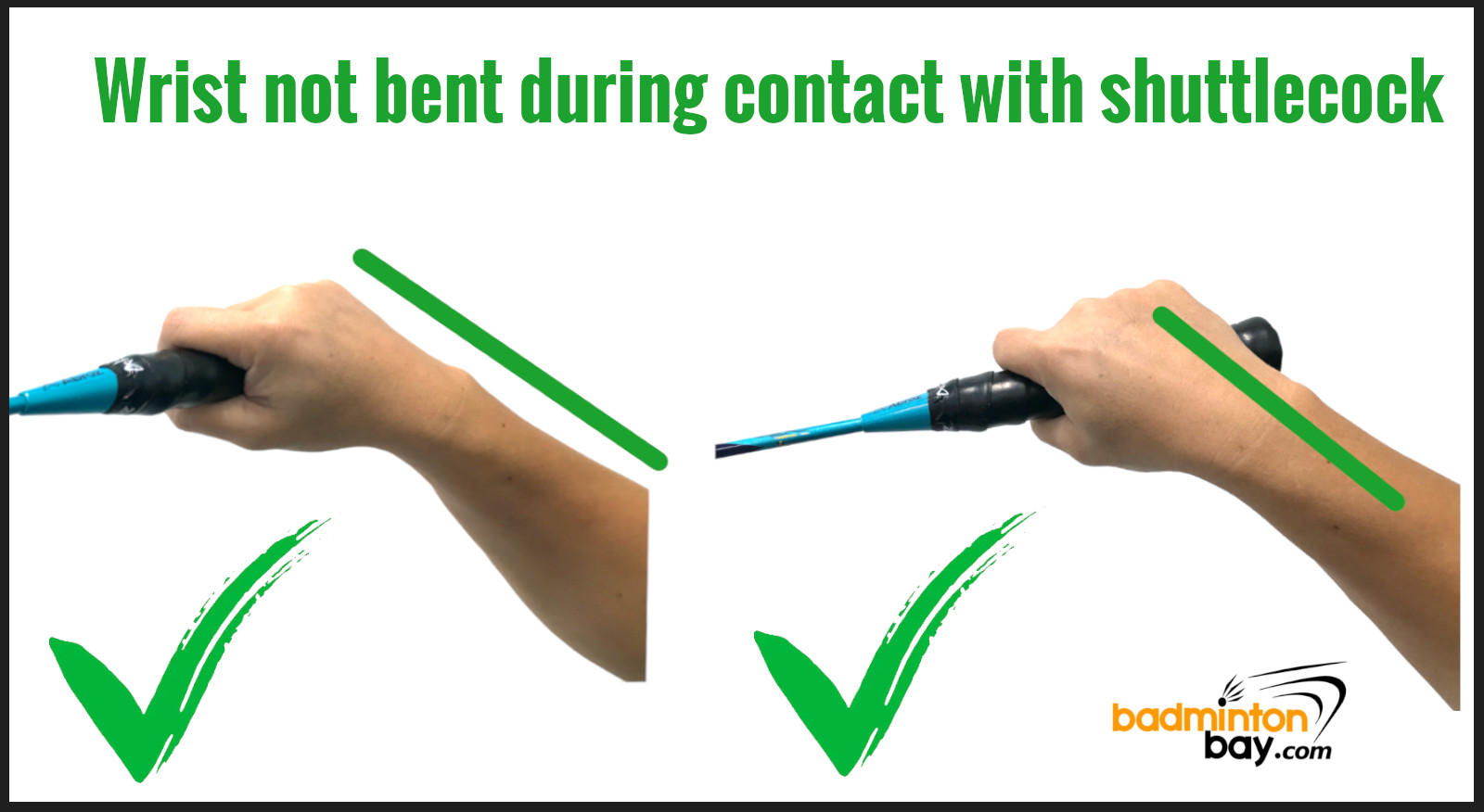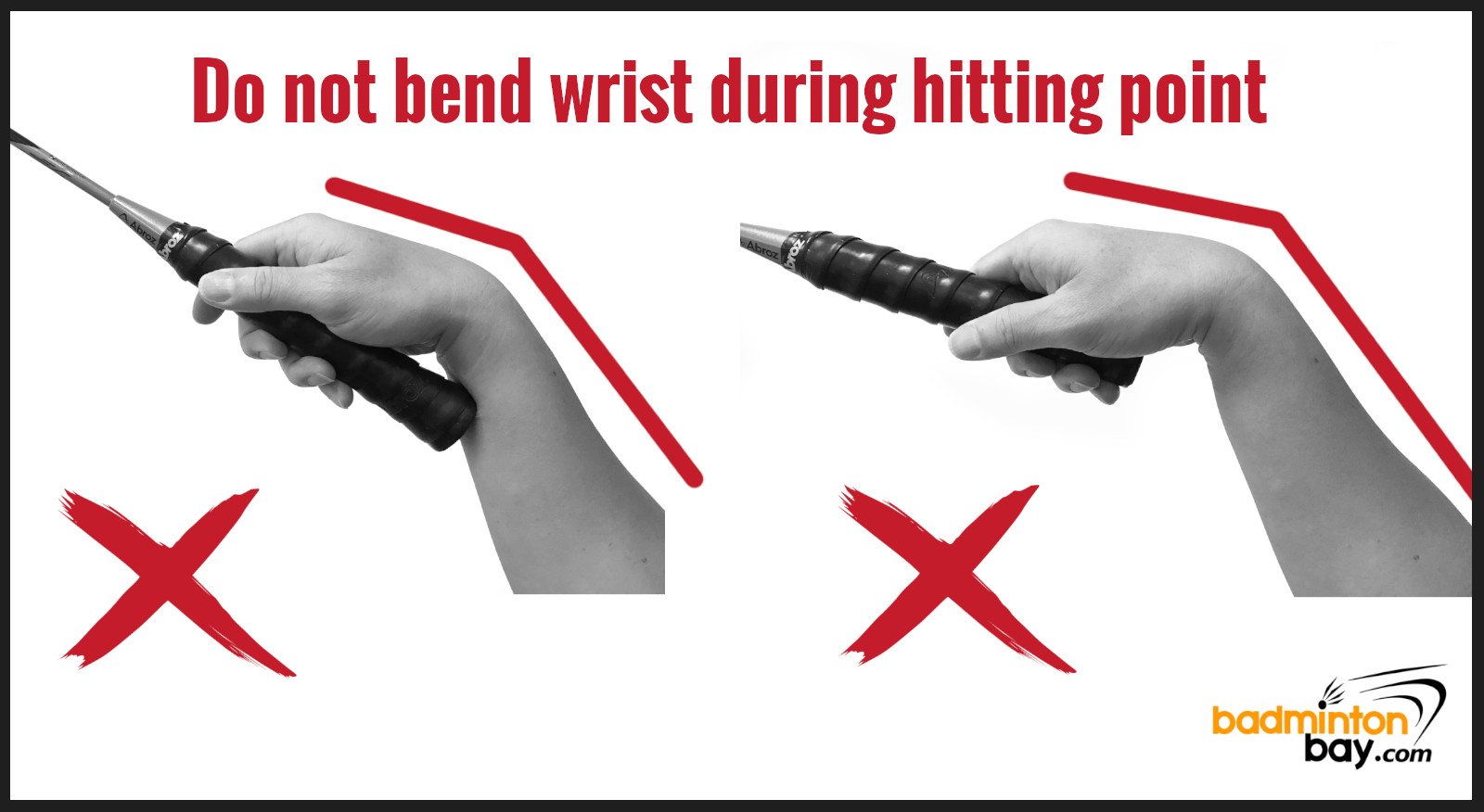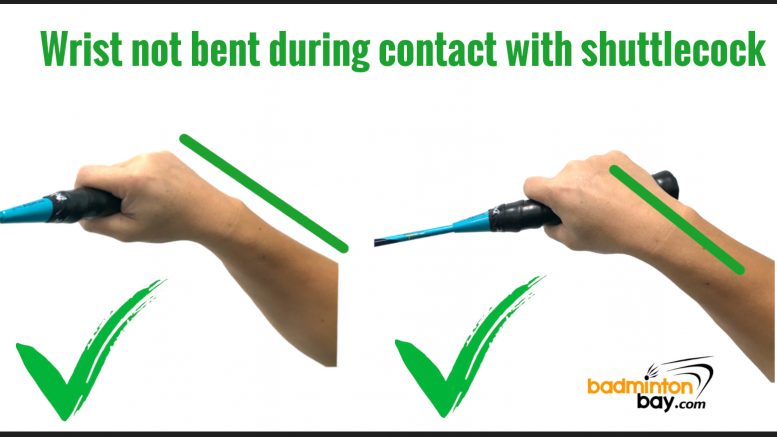Thank you again for having gone through Part One-How to smash & Part Two-Anyone can do powerful smashes of this badminton improvement program.
You may click these links to go to Part One & Part Two.
Let us recap on the objective of this training series. It will help you improve the overall way you play badminton.
It will also help you
- Feel more satisfied with the shots during your badminton games.
- Impress your badminton buddies on how much you’ve improved.
- Bring out the best potential in the racket you own.
- Reduce injuries while playing.
We hope you’ve been dedicating some time to your badminton practice. Simply playing alone won’t be enough to improve your badminton skills unless you focus on ingraining the correct techniques into your subconscious mind and muscle memory.
By repetitively practicing a skill, your muscles can remember and apply the correct technique during an intense badminton game without requiring conscious thought.
In this part of the smashing training program, you’ll be reminded of when to grip and when to release for perfecting the racket tossing motion, resulting in a strong, steep, fast, and well-timed smash.
If you have been paying attention to Coach Han’s demonstration of the basic smashing technique, you may have noticed similarities with how baseball and soccer players practice their short-distance toss or pass. The main difference with badminton is that you need to hold onto your racket throughout the toss.
To prevent common injuries in badminton games, it is crucial to remember not to bend your wrist during any hitting point when executing a smash. Your wrist should only be naturally relaxed and bent after the hitting motion is complete.
Watch video.
The flight trajectory of a shuttlecock may vary depending on factors such as the force and angle of the shot, as well as air resistance and other environmental conditions.



Besides applying good techniques in badminton, the right equipments to go along would definitely help too. Having a suitable good racket is a plus point.
These are biggest and most common mistakes non-professional players make during equipment selection.
1. Too high string tension applied on racket
Players need more effort to generate the power required for smashes which may cause injury due to over exertion of muscles.
Good read : BADMINTON RACKET STRING TENSION GUIDE
2. Excessive heavy racket
Heavy rackets make it hard to manoeuvre, player’s arm gets tired fast, it is hard to pull multiple smashes throughout the game. Even though the extra weight of a heavy badminton racket could help to provide some momentum during swing, you’ll first need to have more training like the professionals to handle the weight.
3. Expensive Pro racket
Pro rackets usually have stiff to very stiff shaft. Professional players are trained and are able to use this feature in a racket to place accurate shots during attack. As for the non-professionals, players need more effort to generate the power required for smashes.
Here are the general guide to your badminton equipment from string tension to racket selection:-
The recommended tension range:-
Beginners: 19-21 lbs
Intermediate: 22-24 lbs
Advanced: 25-27 lbs
Professional: 28-32 lbs
Light weight rackets are more agile, which means with little effort it is possible to move it around quickly and easily. This is why most beginners up to advanced players choose lighter rackets for ease of use and manageability.
On the racket’s flexibility level, a racket that’s too stiff (like those for professionals) may cause injury due to the vibration upon hitting a shot. A badminton racket’s shaft should always bend resiliently during a hit. It therefore requires a trained fit arm, strength conditioning and training.
In a nutshell, having a medium flexibility shaft on racket works best for most non-professional players.
There will be continuous learning in this badminton improvement series. Keep following us and stay tuned if you are ready for our next blog. You should be on the lookout for our next email, because we will take your transformation to the next level.
Did you learn something new? Let us know. Please comment below…
#badmintontraining, #impactsmash, #lightracket, #headheavyracket #besafeoncourt
The hottest badminton racket in town, Abroz XStorm 88 badminton racket is here!



Thank you for providing Part One and Part Two of the badminton improvement program. I appreciate the effort you’ve put into creating these informative and helpful resources.
The objective of the training series is well-articulated, and it’s great to see the range of benefits it offers to badminton players, such as improved satisfaction during games, impressing fellow players, maximizing racket potential, and reducing injuries.
I agree with your emphasis on the importance of dedicated practice and ingraining correct techniques into muscle memory. Simply playing alone without focusing on technique won’t lead to significant skill improvement. Repetitive practice allows the muscles to remember and execute the correct technique automatically during intense gameplay.
The tips and reminders provided in this part of the smashing training program are valuable. Understanding the appropriate distance and angle for shots, maintaining a consistent swing trajectory while adjusting the racket speed, and keeping the hit point consistent are all crucial for achieving accurate and powerful smashes.
I appreciate the emphasis on wrist positioning to prevent injuries. By avoiding wrist bending during the hitting point and maintaining a straight wrist, players can minimize the risk of wrist-related issues. The clarification about the wrist appearing bent after the hitting point but actually being relaxed is helpful in understanding the correct technique.
The take-away summary you provided is concise and provides a quick reminder of the key points covered. Additionally, the advice on equipment selection, including string tension, racket weight, and flexibility, is valuable for non-professional players. It’s important to choose equipment that suits individual playing styles and avoids common mistakes that can hinder performance.
I look forward to further learning and improvement through your badminton improvement series. Thank you for sharing your expertise and providing these resources.